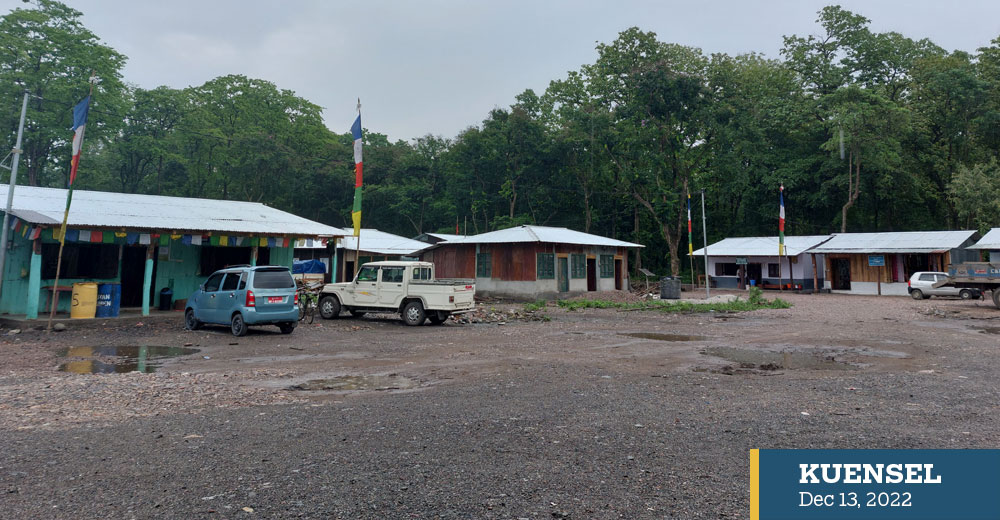Improving business prospects in the borders
Choki Wangmo | Tsirang
As the decision to open two more formal trade routes with India has got the green light, people living near the borders in Lhamoidzingkha in Dagana and Chhuchungsa in Samtse have begun measuring their future prospects.
The routes would be operational after the official inauguration next month.
Traders in Lhamoidzingkha said that they are excited about the business opportunities once the Lhamoidzingkha-Kulkuli border is opened. The route is expected to benefit Tsirang, Dagana, Wangdue, and Punakha.
“It is a huge achievement,” said a trader, Dilip Mukhia.
Traders currently export their products via Phuentsholing. It takes two days to export goods to India through Jaigoan.
“There will be 80 percent reduction in cost. We can now export goods in two hours,” he added.
Residents export boulder, mandarin, ginger, and cardamom.
“We are currently importing goods from India via Phuentsholing or Gelephu. It is expensive and challenging,” said Deoraj Pradhan, an owner of a hardware shop in Lhamoidzingkha.
An owner of Ghishing Shop said that the route would not only help business people but also the residents.
Lhamoidzingkha-Kulkuli route was identified as a seasonal trade route in 2013 (August to March every year) for the export of oranges.
An official from the trade department said that the Government of India on December 8 notified that Kulkuli Land Customs Station (LCS) and Nagarkata LCS in West Bengal had been upgraded as a fulltime LCS without any commodity restrictions.
Residents in Chhuchhungsa, popularly known as Jitti border in Sang-Ngag-Chhoeling, Samtse shares a close border with Nagarkata in India. Earlier, ginger, orange, and cardamom export were allowed from the route.
“There are several agro and mineral based products that can now be exported through these areas,” said the official.
Minister for Foreign Affairs, Dr Tandi Dorji, said that the formal opening of these routes would greatly benefit the traders in the country, who in the past had to export at a very high cost.
Minister for Economic Affairs, Loknath Sharma, said that the trade between the two countries would be enhanced as business opportunities improve in the region.
Tourists are also expected to come in through this route if Lhamoidzingkha becomes one of the entry and exit points for tourism.
“It is a long-awaited achievement for the people of Dagana and the neighbouring dzongkhags,” said the National Council member of Dagana, Surjaman Thapa.
He said that Lhamoidzingkha is at a critical point of entry and exit as it is in close proximity to both Assam and West Bengal in India. “Lhamoidzingkha also has a high potential for dry ports and waterways.”
In the future, the government has plans to connect Lhamoidzingkha to Gelephu via Nichula Gewog, by which the exporters can complete the journey in two hours, the MP said.
“This will encourage farmers to grow cash crops,” he added.
However, the official from the trade department said that since these LCS had just been upgraded on the Indian side, there may be some infrastructure and manpower issues on the ground which is expected to be resolved as the trade volume picks up.
There are a total of 28 entry and exit points in India and Bhutan notified under the Agreement on Trade, Commerce and Transit between India and Bhutan.


